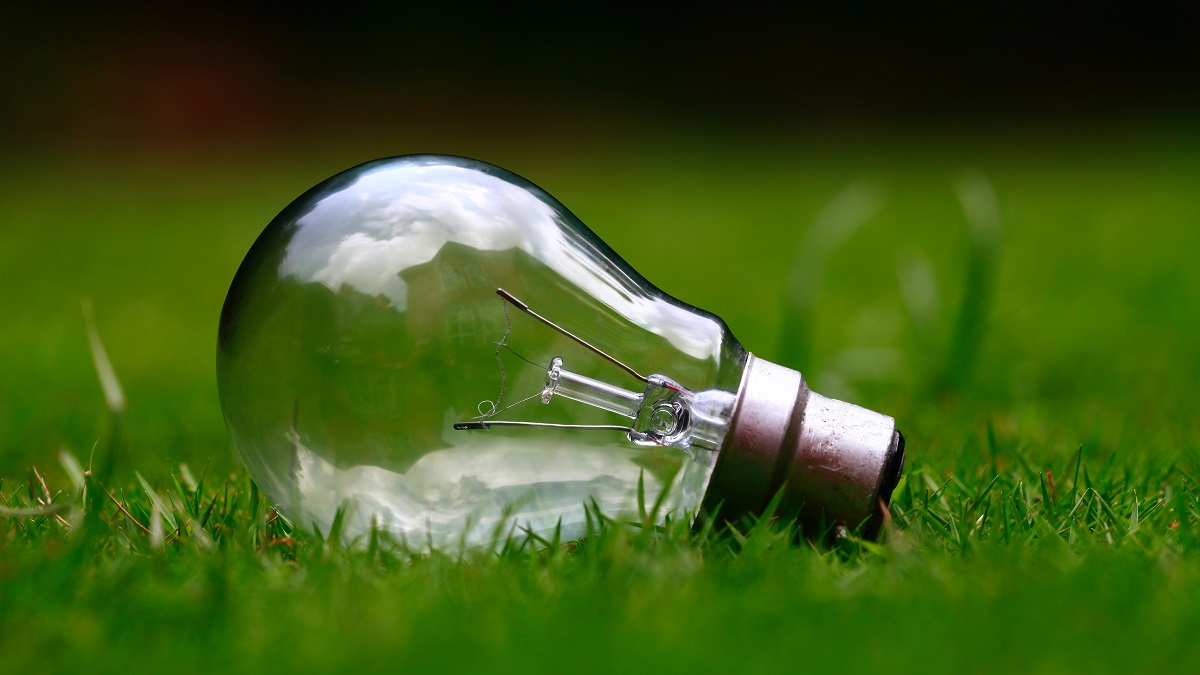The age of ever-cheaper sustainable energy is finished, bringing new uncertainty to global energy markets already pummeled by one supply issue after another.
Renewables have become the cheapest source of power in most of the globe due to relentless price drops over the last decade. Solar panel costs, on the other hand, have risen by more than 50% in the last year. Wind turbine costs are up 13%, while battery prices are increasing for the first time in history.
As pandemic-induced supply disruptions affect everything from automobiles to salads, price increases in green energy may not come as a surprise. However, according to Bloomberg shipping backlogs and commodity shortages come at a particularly perilous time for wind and solar.
After years of fast technological and industrial advancements, there are fewer options to lower costs without jeopardizing profitability. Prices will now ebb and flow dependent on the cost of raw materials and other market factors, rather than always lowering.
Clean-power inflation is another wild card for energy markets coping with outages and excessive price volatility in the green transition. Policymakers, who have been accused of installing wind and solar so quickly that electric grids have become unstable, are under pressure to make the whole system more dependable — for example, by combining solar with batteries or extending the life of existing nuclear facilities.
Higher interest rates are also threatening to raise the cost of wind and solar projects as central banks consider tighter monetary policy to combat inflation, according to Julien Dumoulin-Smith, an analyst at Bank of America Corp.
Climate hawks, on the other hand, should not be concerned about renewable-energy inflation. Despite recent cost increases, wind and solar have progressed from expensive, niche sources of electricity to compete with fossil fuels. Renewables continue to be less expensive than fossil fuels in parts of the globe, while oil and natural gas prices have risen in the last year. Wind and solar costs will continue to fall in the long run, but at a slower rate. As a result, clean-energy installations are likely to increase quickly in the next few years.

